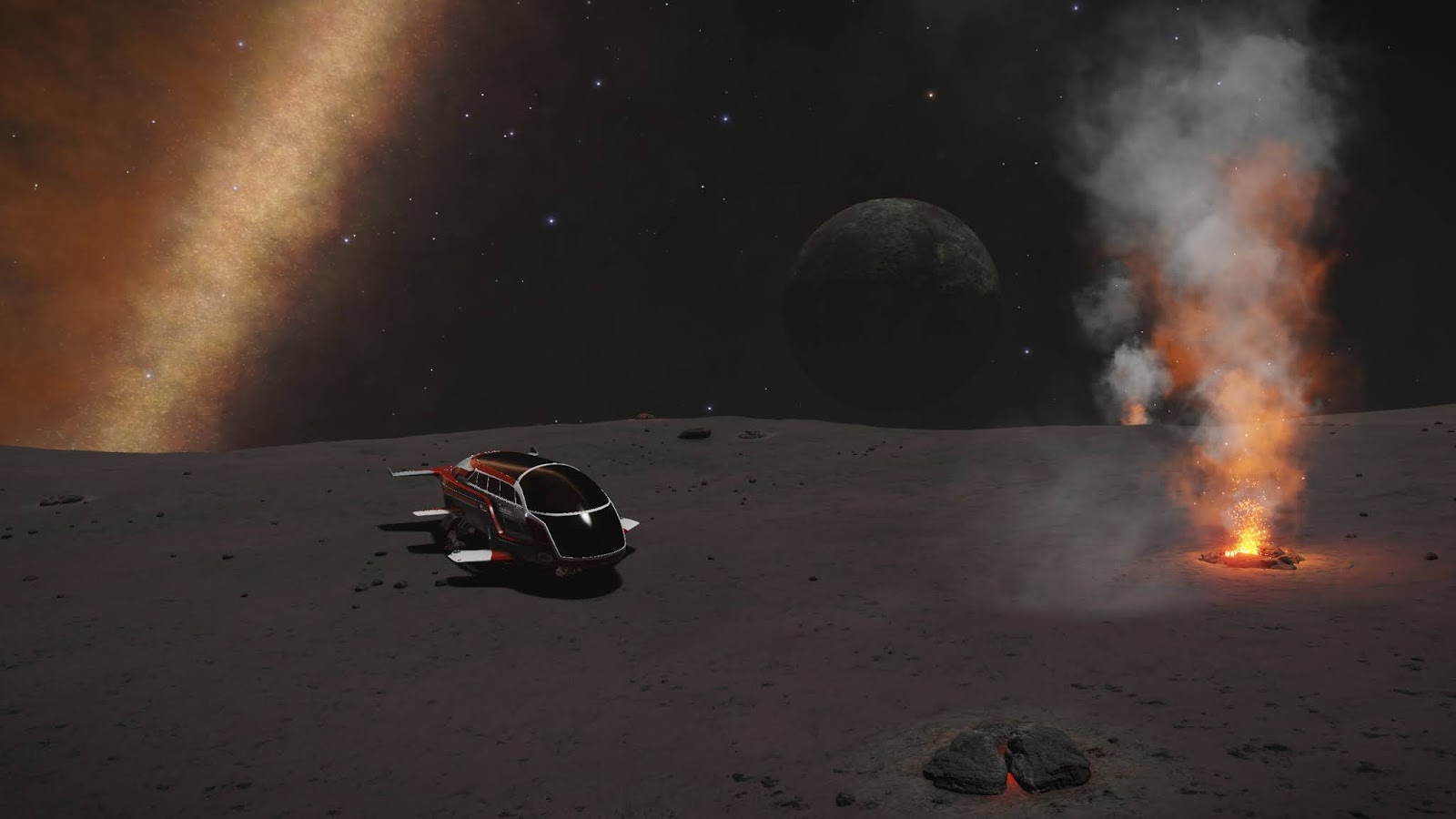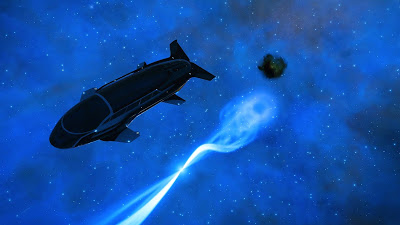Hi everyone,
This reality’s being pretty weird isn’t it. Especially in the last year. But I really don’t want to talk about the real world stuff. You’re probably being bombarded with far too much information about that from all sides and most of it is scary. Or feeling like it’s from a really bad Hollywood movie.
Talking of bad movies … The Midnight Sky was a painful one to sit through earlier. It’s not that it’s bad (ok, it has a LOT of bad sci-fi in it), it’s just … boring and depressing. Go watch something else :-D. mind you, i was watching it because I was avoiding playing the more active games after work today due to a bad back. (Bad sleep last night due to pizza consequences)
Alternate reality ?

I’ve been doing another Mars Horizon campaign. I did my first with the Japanese, then did a version of NASA. This time around it’s the Russians. It’s good to see different types of spaceship represented in the game. There’s an excellent Spacepedia in there as well, with many entries about historic, present and potential future spacecraft. After skipping through on my first games, I’ll have to give it a more thorough read.

That’s going backwards in the mission a bit, showing what they think the Russian version of Apollo would have looked like. Essentially, a Soyuz with a lander on the top.
The launch vehicle is pretty special too :

That’s the N1 booster coupled with the L3 upper stage. 4 attempts were made historically to fly this combination, none succeeded. (My alternate reality people did better). The wiki page that I’ve linked there shows a vastly complicated system that we only knew about in the West after the collapse of the Soviet Union, such was the secrecy of the project.
Another Soviet programme in the game is the Buran space shuttle.

Whereas the NASA Space Shuttle was mostly recoverable (was the fuel tank recoverable ?), Buran sacrificed the Energia booster. Mind you, Energia was also a potential very heavy lift rocket that could have lifted other payloads into orbit. Buran flew once, as an unmanned test vehicle. Here’s a wiki link for Buran. It looked a lot like the Space Shuttle, which owes a lot to the requirements in the design. Both needed to fly a certain size of payload and then the wings follow the requirements of needing to re-enter. A major difference with Buran is that the shuttle itself had no engines, it depended entirely on the Energia Booster to lift it into orbit.
Sadly though, Buran only flew the once in 1988 and the prototype was shown at the Paris Air Show (on the back of an An-225) in 1989 before it disappeared into a hangar for the next 13 years. The hangar collapsed in 2002 and that was the end of Buran.
It and the Shuttle were a victim of misguided design, although the Shuttle was flown far longer than it probably should have been. Both spacecraft have superfluous wings, aimed for a cross range requirement which was never used. (They’re capable of going up, going round Earth once and the wings allow them to them land at the same place even though the Earth has rotated beneath them – for sneaky missions). Soyuz has proved to be a fair more useful spacecraft.
I’ve been enjoying an alternate history game with Mars Horizon this time. I’d thoroughly recommend picking it up for its mix of history, competitiveness (the other agencies will keep you on your toes) and I’ve found it a really satisfying game to play. It’s less demanding of my currently limited hand and arm capability. And I’m looking forward to the next game, which will be with the Chinese and possibly an attempt at beating the game on Very Hard.

And in another alternate history … Elite’s future is pretty grim dark but at least it has easy access to space. I had a little session over the weekend, making my way further around the galaxy. I’m at the top part now …

I’ve got a bit further since then. The next few waypoints will take me to the top of that map again to Salome’s Reach, 65,647 light years away from Earth. There are a few things to see along the way though …

Sometimes the game likes to surprise you. You go from system to system through hyperspace, dropping out at the most significant stellar object. In this case, the system entry star was the one at the bottom of the picture.
It’s not quite that simple though … As you drop out of hyperspace, you go through any stars that might be behind it. That definitely leads to a wake up call.

There’s another black hole there, with the extreme lensing effects.

Of course I took a closer look.

Before enjoying how the lensing effects retract back to normality as you fly away.

And then it didn’t take much longer for me to find a suitable spot to end the session at.
Oh ! Been reading books too. Absolution Gap was a bit of a struggle but Murderbot 3 flew by, as is Light of Impossible Stars.
More about the books in a later post. Gonna try and read lots of books again this year :-).





































